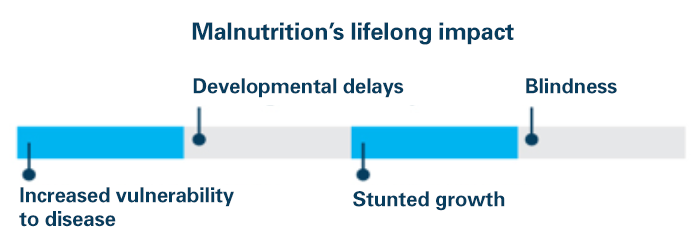According to the World Health Organization (WHO), Rational use of medicines require that "patients receive medications appropriate to their clinical needs, in doses that meet their own individual requirements, for an adequate period of time, and at the lowest cost to them and their community". Any usage of medicine that is not rational can be said to be irrational and therefore tantamount to abuse.
The Nigerian Healthcare system is bedevilled by so many problems amongst which is the irrational use of medicines. The ease of access to medicines in Nigeria makes it so easy to use medicines inappropriately. Almost everyone in Nigeria has at one point been involved in irrational medicine use. It is such an easy thing to do because almost every drug can be gotten without prescription.
Medicines play an important role in healthcare delivery. When used right, medicines can help cure diseases, but the wrong usage can harm the user.
| Source: slideplayer.com. |
- You have bought and/or taken any prescription-only medicine without a prescription from a licensed medical practitioner. Prescription-only medicines as the name suggest should only be taken when prescribed by a medical practitioner. Antibiotics are probably the most irrationally used medicines in Nigeria. Irrational use of antibiotics is said to be the leading cause of Antibiotic resistance and it's attendant risk of a post-antibiotic era.
- You have taken antimalarials without running malaria test. Certain malaria drugs are allowed over-the-counter in malaria-endemic regions of the world like Nigeria. That does not mean we should self-medicate and randomly take malaria drugs when we so desire. The presence of malarial parasites in a person's blood should be confirmed before taking malarial drugs. Failure to do so is tantamount to irrational use of antimalarials. Most health facilities have Malaria Rapid Diagnostic Test (RDT) kits that can detect the presence of malaria parasites in blood within few minutes. It is necessary to confirm the identity of a disease before commencing treatment lest time and money be wasted on a wrong treatment course.
- You have taken more or less than the recommended dosage of a medicine. Paracetamol is one drug type commonly misused in this manner. People have been known to swallow more or less than the recommended dosage of paracetamol, citing the excuse that the recommended dose has no effect on them. If the recommended dose of a particular medicine produces no effect when you consume it, report to your practitioner who would be in a better position to review your dosage if necessary.
- You have divided a drug meant for an adult and given a child. There are specific medicines meant for kids, formulated with them in mind. Do not divide an adult's tablet to give a child, doing so could expose the child to harm's way.
- You have taken or caused someone else to take medicines prescribed for another person. A patient's medical history is put into perspective before drug prescriptions. What is medicine for one person could be poison for another. Medicines should not be transferable.
- You have stopped a medication too soon or taken the medication beyond the recommended length of time
Every medicine carries the risk of side effects. Every medicine can be toxic. Doctors take this, as well as a patient's medical history into account when making drug prescriptions. Different patients can be given different doses of same medicine because their different medical histories demand so.
While we pray and hope that the Nigerian Healthcare system improves, we need to make personal efforts to stay alive and healthy by completely avoiding the irrational use of drugs. Always bear in mind that the medicine in your hand could as well be poison so you need to be guided by medical professionals on how and when to take the medicine.






























